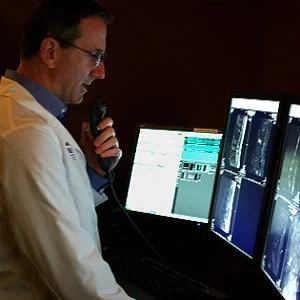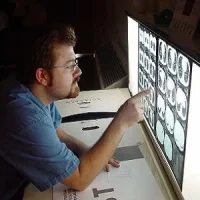Previous research indicates that structured reporting improves the quality and value of radiologistsʼ major work product, the radiology report. In a new article published in the journal Current Problems in Diagnostic Radiology, researchers provide a blueprint of how to successfully achieve structured reporting using a collaborative multistep approach.
You might also like: Follow-up Imaging Less When Radiologists Read ED Ultrasounds
Radiology leaders have called for optimisation of reporting and the delivery of actionable information in radiology reports as a critical link in the imaging value chain. However, the available published literature provides limited experiences in the overhaul of traditional reporting practices and comprehensive implementation of a structured reporting initiative.
The journal article describes a successful and reproducible workflow for the development and implementation of structured reporting in a large multisite academic radiology department using a collaborative multistep process over a relatively short period (24 months).
"To achieve our goals, we took deliberate steps toward consensus building, undertook multistep template refinement, and achieved close collaboration with the technical staff, department coders, and hospital information technologists. Following institutional review board exemption, we audited radiologist compliance by evaluating 100 consecutive cases of 12 common examination types. Fisher exact test was applied to determine significance of association between trainee initial report drafting and template compliance," write Meir H. Scheinfeld, MD, PhD, of the Department of Radiology at Albert Einstein College of Medicine, Montefiore Medical Center, Bronx, NY, and co-authors.
Dr. Scheinfeld's team produced and implemented structured reporting templates for 95 percent of all departmental computed tomography, magnetic resonance, and ultrasound examinations. Structured templates include specialised reports adhering to the American College of Radiologyʼs Reporting and Data Systems (ACRʼs RADS) recommendations (e.g., Lung-RADS and Li-RADS). The team said they attained 94% radiologist compliance within two years, without any financial incentives.
"We learned that barriers to success are heterogeneous, and include attitudes of radiologists, billing-related requirements, technologist examination code use, and differences among subspecialties. These considerations require compromise and must be anticipated when designing a structured reporting initiative," the authors say.
The team believes that their experience can serve as a model for other institutions or large multispeciality practices attempting to improve the quality of their reports by implementing structured reporting.
Source: Current Problems in Diagnostic Radiology
Image Credit: Zackstarr
References:
Goldberg-Stein, Shlomit et al. (2017) Implementing a Structured Reporting Initiative Using a Collaborative Multistep Approach. Current Problems in Diagnostic Radiology. doi.org/10.1067/j.cpradiol.2016.12.004
Latest Articles
diagnostic radiology, structured reporting, Collaborative Multistep Approach, imaging value chain
In a new article published in the journal Current Problems in Diagnostic Radiology, researchers provide a blueprint of how to successfully achieve structured reporting using a collaborative multistep approach.










